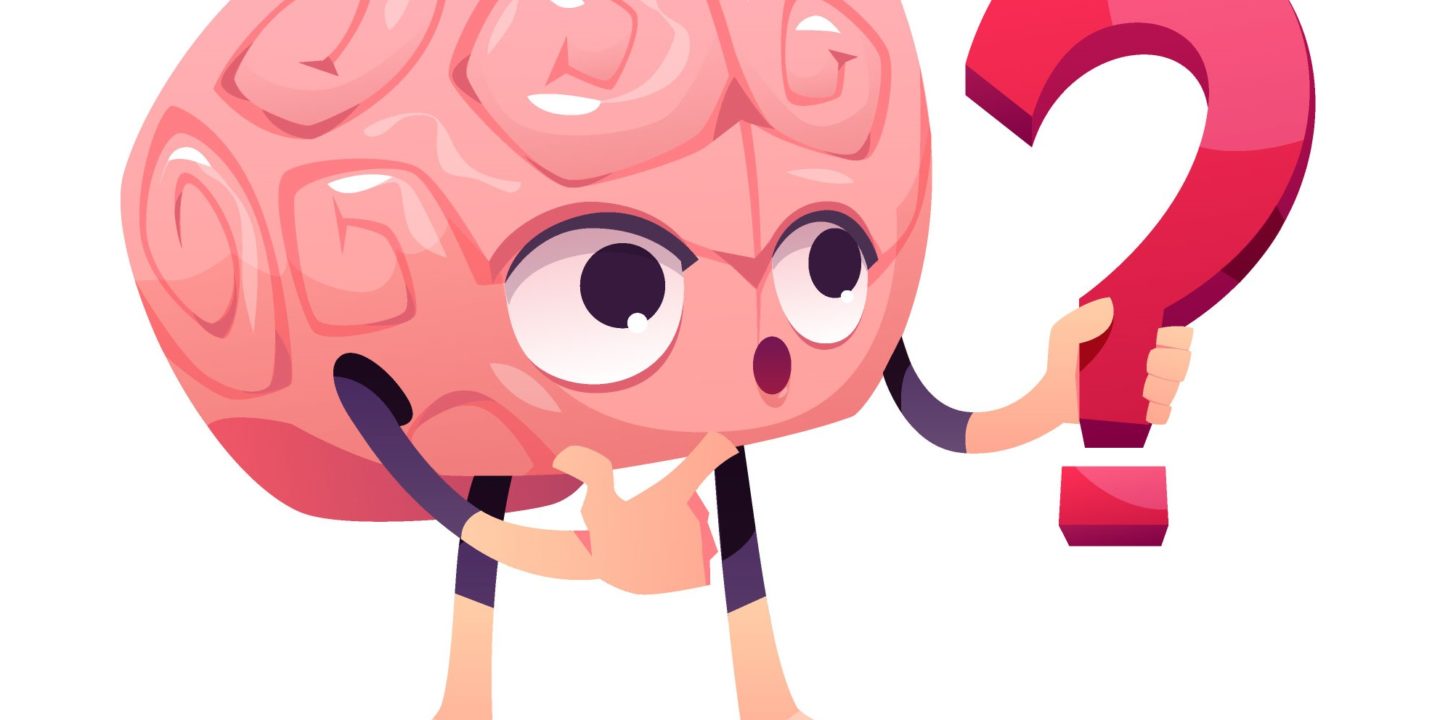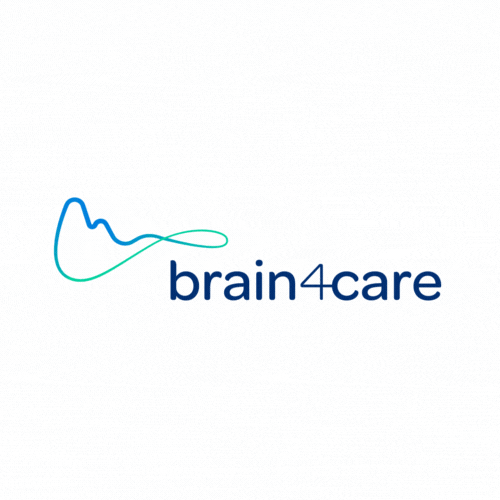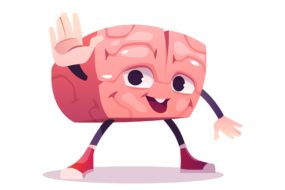
Do you have any idea how much your brain weighs? And did you know he’s flexible? So check out this information and make new discoveries about this organ so important in our lives
The brain is responsible for our thinking, but have you ever stopped to think about your brain? Do you have any idea how it works? And how much does it weigh?
Well, these questions are easy to answer, not least because there’s a lot of brain research around the world. But we are still far from knowing the whole mystery surrounding this organ, the most important of the nervous system and which controls our entire body.
By the way, did you know that? He is responsible for the voluntary and involuntary actions of our body. Voluntary actions are those that allow us to have a will of our own, such as eating, talking, playing, wiggling our toes, among others.
Involuntary actions, on the other hand, are those that we do without realizing it, such as breathing, keeping the heart beating, in short, those that the body does even when you are sleeping. Well, maybe you already know that.
Now brain4care researcher and scientific director Gustavo Frigieri has prepared a list of curiosities about our brain and skull. Check it out below:
- Our brain weighs about 1.5 kg. If you compare that to your body weight, it’s only 3%, give or take. Little, no? But do you know how much of our oxygen it consumes? 20%! And 15% to 20% of glucose. But that’s not an excuse to eat more chocolate, huh? After all, the chocolate that the brain likes is bitter. And there’s one more curiosity here: about 75% of our brain’s total mass is made up of water.
- The brain has about 100 billion nerve cells. Besides, it has more connections than the number of stars in our galaxy, can you imagine? Look at this: it can archive the equivalent of 1,000 terabytes of information, which leaves us with no arguments for not having saved that subject the professor taught. If we dedicate ourselves and study, the brain archives the information.
- Our brain also pulses. I bet this one you didn’t know. This happens when the heart beats and sends a flow of nutrient-laden blood throughout the body, including the brain. Right now, your brain is throbbing. And most importantly, in the presence of some illnesses, this pulse behaves differently, indicating that it may be time to investigate more about the patient’s health. Covid-19, for example, changes the way blood flow reaches the brain. Interesting, right? Therefore, scientific research is important, they indicate ways to take care of people.
- The skull case is expandable. That means it can expand, expand. In other words, increase in volume or dimension. And this is an amazing discovery. That’s because for about 200 years, medicine believed that the skull was totally rigid and that the increase in the volume of one of its components (brain, blood and cerebrospinal fluid) would result in a decrease in the volume of the others. However, recent research has indicated that the skull is able to expand to accommodate changes in this internal volume. This ability to adjust is called intracranial compliance and if it is compromised, altered, it can generate an increase in intracranial pressure.
- High blood pressure can affect the brain. When you see your father or mother taking the pressure with that little device on their arm, they are checking the blood pressure, that is, the pressure that the blood makes inside the blood vessels, with the force of the heartbeat. And when the heart beats, it takes the blood to the brain. If blood pressure is high, the force of this wave can result in intracranial hypertension and cause frequent headaches, sometimes accompanied by dizziness, blurred vision, and noises inside the head. Intracranial hypertension can also cause cerebrovascular accidents (CVA), also known as “stroke”.
- Obesity can bring complications to the brain. This is because excess abdominal fat compresses the veins in the region, hindering the return of venous blood from the brain to other parts of the body. This fact was even known, but only with non-invasive monitoring was it possible to observe it. And by the way, obesity can also bring other complications to our body.
- Diseases like kidney disease interfere with brain health. Recent research has indicated that patients with chronic kidney disease, in more severe stages, had compromised intracranial compliance. After treating these patients with hemodialysis, compliance returned to a normal state. This is an important clue to understand how the brain can be affected by the most diverse diseases and how monitoring it is essential to ensure that no further complications arise for a patient.
- Waking up a patient in an induced coma. With non-invasive monitoring of the skull, the doctor can know more confidently if it is time to “wake up” his patient who is in a coma. For this, he checks if the intracranial compliance is normal. Before, the physician relied only on an assessment of the patient’s clinical status to make the decision.
- Artificial lung is calibrated by the brain. The “artificial lung”, which in Medicine is called ECMO (an acronym for “Oxygenation by Extracorporeal Membrane”), became better known in Brazil recently when it was used in the treatment of humorist Paulo Gustavo, one of the victims of Covid- 19. The technique replaces lung functions when needed. During this treatment, the volume of blood in the machine and in the body needs to be balanced. For this, the team of specialists observes signs of the patient, such as temperature, heart rate and blood pressure. With non-invasive monitoring of the brain, doctors also began to monitor intracranial compliance and more safely calibrate the machine that will act as a lung.
- It is possible to monitor the skull non-invasively and reliably. Until recently, it was only possible to monitor intracranial pressure (ICP) with invasive methods. In fact, invasive intraventricular monitoring is considered the gold standard for this check, but it is related to numerous complications. More recently, non-invasive methods of monitoring intracranial compliance have been used successfully to assess brain health, showing that intracranial compliance is directly related to ICP and may even be a more effective means for this assessment.





